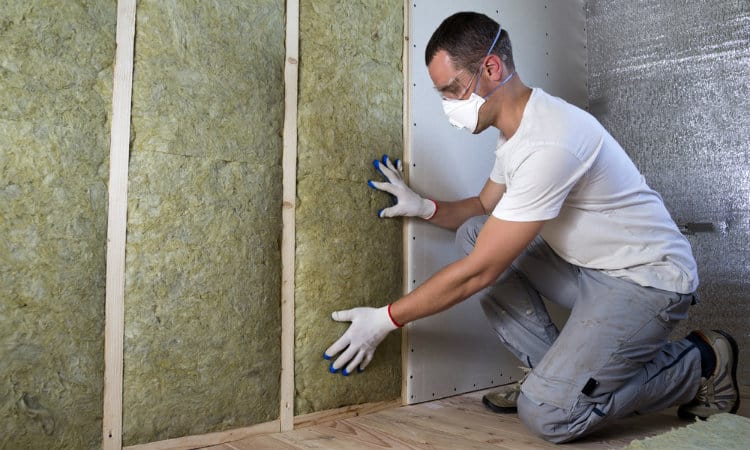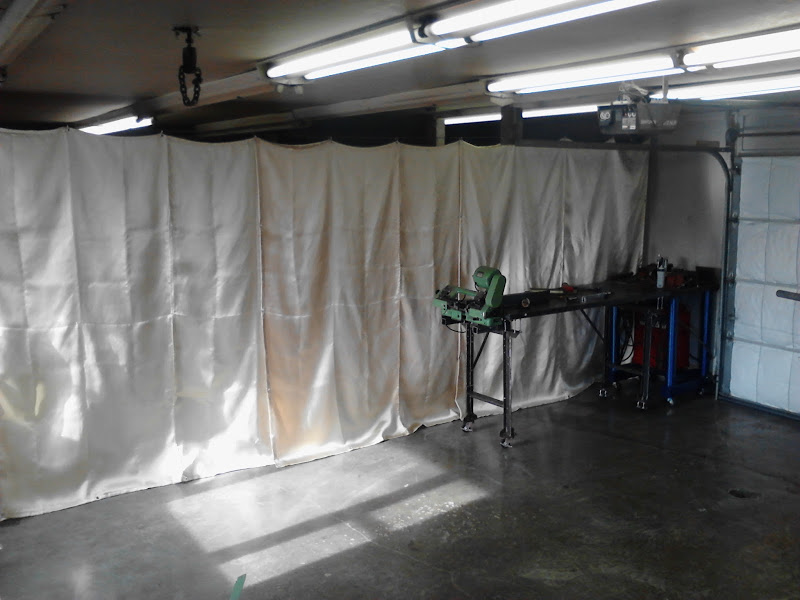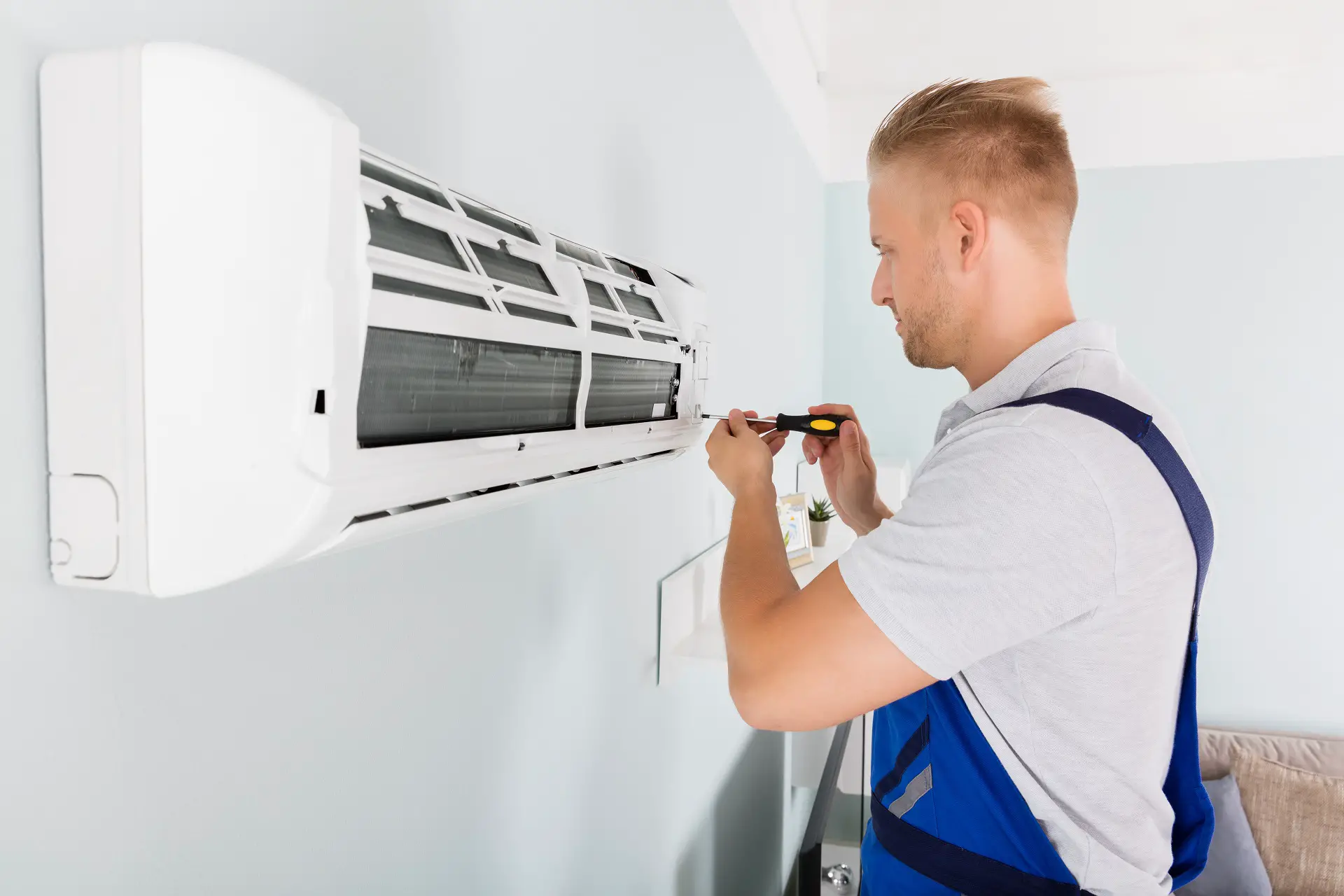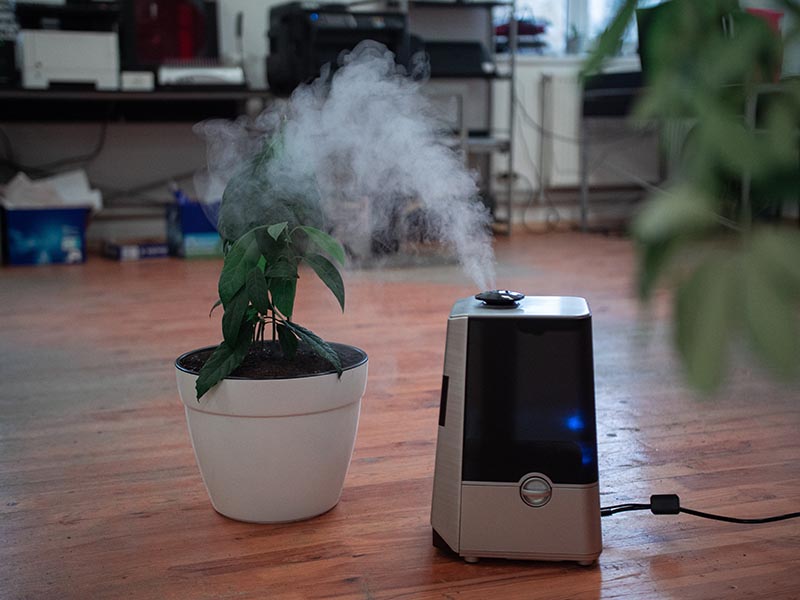Garage door sensors are easily overlooked but essential safety equipment is found on all residential garage door openers. Because the weight of a garage door can cause severe damage, injuries, and even death, the law requires that it have functional safety sensors.
Even though they are commonplace and play an essential role, homeowners and property owners frequently overlook garage door sensors until something goes wrong. In this article, we will provide an overview of these devices and some of the issues that may cause them to malfunction. We also go over 5 main reasons why your garage door sensor is not working and how to troubleshoot a broken garage door sensor.
How Do Automatic Garage Doors Function?
A radio transmitter is a key to automatic garage door openers. Earlier garage door openers relied on very primary transmitters and receivers. While this is convenient for opening and closing your garage door, it also means you can open and close any garage door in your neighborhood that uses a similar system.
Garage door openers are now radios that operate at 350 MHz. When you press the button to open your garage door, it not only sends a radio signal but also sends an encoded binary number that only works with the receiver in your garage. When your receiver “recognizes” your binary code number, your door will open.
However, criminals are devious. Smart criminals could listen to the code on the radio, record it, and then replay it to open your garage door and rob you. Thankfully, garage door manufacturers are smarter than criminals.
A new code is generated every time you use the garage door opener. Computer chips in both the transmitter and the receiver recognize the new code every time it is received.

Photo by Dillon Kydd on Unsplash
What Exactly Are Garage Door Sensors, and How Do They Function?
A significant reason your garage door may not open is that your garage door sensors are not working correctly. Before we get into why this happens and how you can try to fix a garage door sensor, let’s look at how they work. Two components are required for garage door sensors:
Photo-eye: To operate, garage door sensors rely on a photo-eye system. These infrared sensors are installed two to six inches above the ground on either side of your garage door. When you press the remote control to open your garage door, it signals to the sensors, causing the door to open. However, the primary function of the photo eyes is to keep the door from closing on someone or something.
Line of sight: When your garage door is open and nothing is in the way, the photo eyes on either side of it send an infrared beam to each other. If the beam is not broken, the door will not close. If a person, animal, or bicycle is in the way and the beam is disrupted or blocked, the door will not close but reopen until the object is taken out of its path.
How Can I Tell If There’s a Problem With the Garage Door Sensor?
If your garage door typically opens but then does not close or starts to close but then reopens without any obstructions, your garage door sensor is most likely malfunctioning. This could lead to two significant issues.
The first issue is that the door will not close. A faulty door sensor can cause this problem. To complete the door, use the remote control or the electrical switch on the inside of the garage. If the door begins to close but then stops and reverses, leaving it completely open.
The second problem occurs when the door closes despite an obstruction. This is the other sign of a potentially faulty door sensor, and it’s a much worse problem because it has the potential to injure or significantly damage your car or other pieces of equipment.
To see if the sensors are broken, do the following:
Determine the height of your photo-eyes above the ground. Once you’ve determined this, you’ll need to obtain a few cardboard boxes that are taller than the sensors. One of the cardboard boxes should be placed in the garage doorway. Make sure the box is also in front of one of the camera’s eyes.
To close the door, use the remote control. If the garage sensor is functioning correctly, the door will stop closing and reopen. However, if your garage door does not stop closing and ends up crushing the box, your garage door sensor is not working correctly.
Common Causes of Garage Door Sensor Failure
- An object is obstructing the sensor path.
- There might be a problem with the power supply for the sensors.
- The sensor lenses need to be cleaned because of:
- Pollution
- Exhaust from automobiles
- Dirt
- Webs of spiders
- Your sensors were exposed to too much moisture, resulting in poor sensor alignment. If the sensors are correctly aligned, their LED lights should be illuminated.
- Your sensors were subjected to normal wear and tear, especially if they were installed many years ago.

Photo by Emil Diallo on Unsplash
What Should You Do Next?
- Remove any objects that are blocking the photo eyes from the area. Check to see if any objects are blocking the door. Sweep the garage floors and inspect the sidings for any objects obstructing the door.
- Examine the wires surrounding the sensor for a loose or broken connection and determine whether other parts of the garage are receiving power.
- If the cause is a faulty power connection, open the box and inspect the electrical work, but be sure to take extra precautions by turning off the power at the breaker box. If you have any doubts about the wires, contact a professional repair service.
- Wipe the lenses clean with a soft, dry cloth.
- Check for proper alignment and make any necessary adjustments to ensure they face each other.
- If there is moisture on the sensor, allow it to dry before attempting to open your garage door.
Conclusion
If these DIY troubleshooting options don’t work, consult the owner’s manual for your garage door sensor or schedule a service with a garage door expert. The latter will assist you in determining whether more extensive repairs or part replacement are required.
Cleaning the sensor lens, tightening the sensor, replacing wires, or reconnecting the sensor to power may resolve your issue. However, if you cannot resolve the problem with your garage door sensor quickly and confidently, you must contact a professional as soon as possible. Your garage door can pose a serious safety risk that should not be overlooked.
Author Bio: Emma is a full-time content marketing specialist. She has been closely studying the travel industry trends for quite some time. She has worked for various domains before coming to the travel industry. When she is not working, Emma likes to work out, try new foods, and play with her dog. Currently, she is modifying her garage door and getting her garage repaired by Elite Garage Door & Gate Repair Team.






